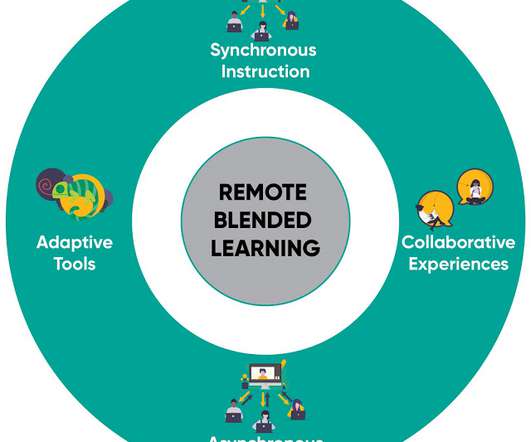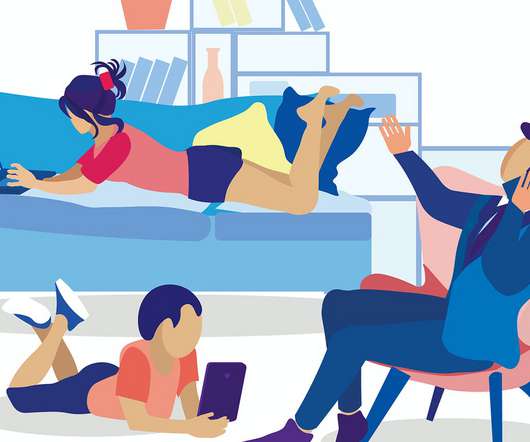Remote Learning Teaching Tips
A Principal's Reflections
APRIL 26, 2020
With little to no training or preparation, they have stepped up to keep learning going. A recent eSchool News article highlighted that most teachers don’t feel fully prepared for remote learning. teachers in mid-March to collect and share best practices, ideas, and common approaches to remote learning. and tinyurl.















Let's personalize your content